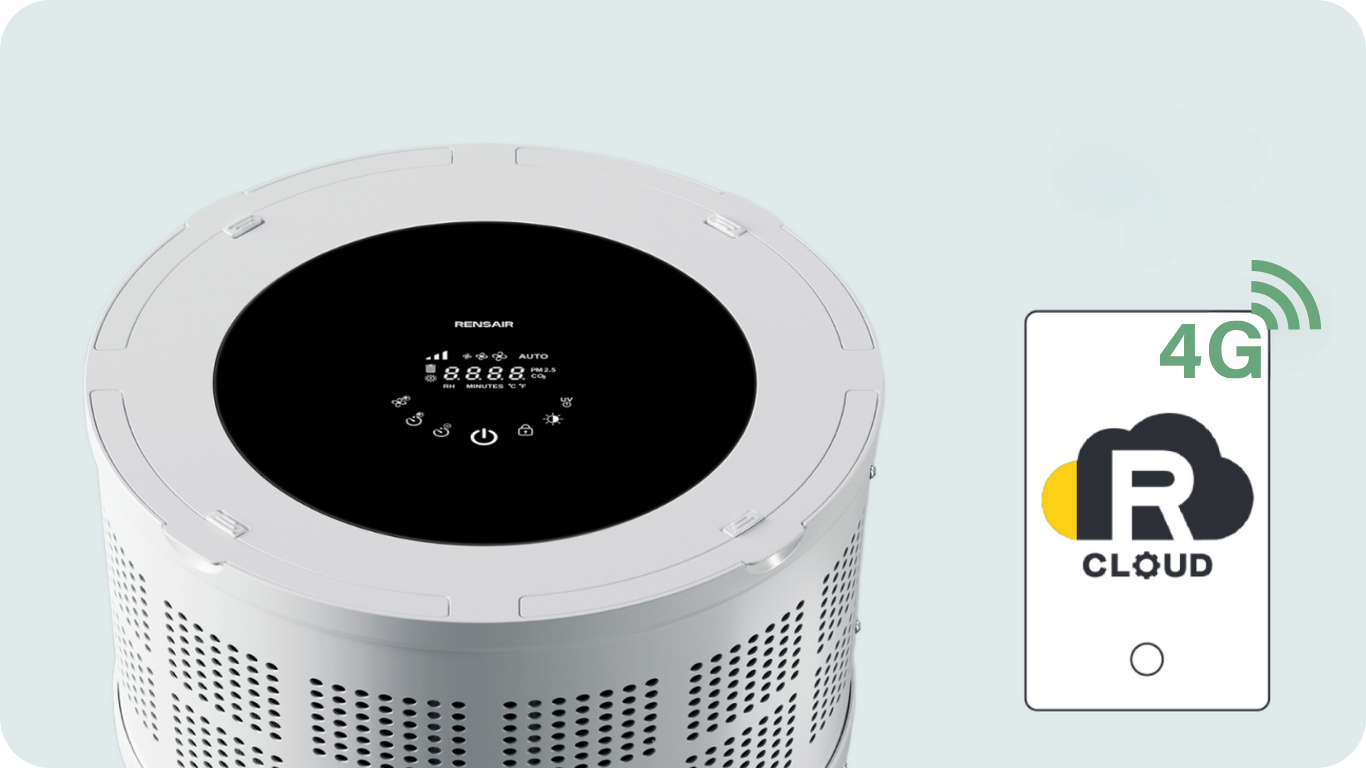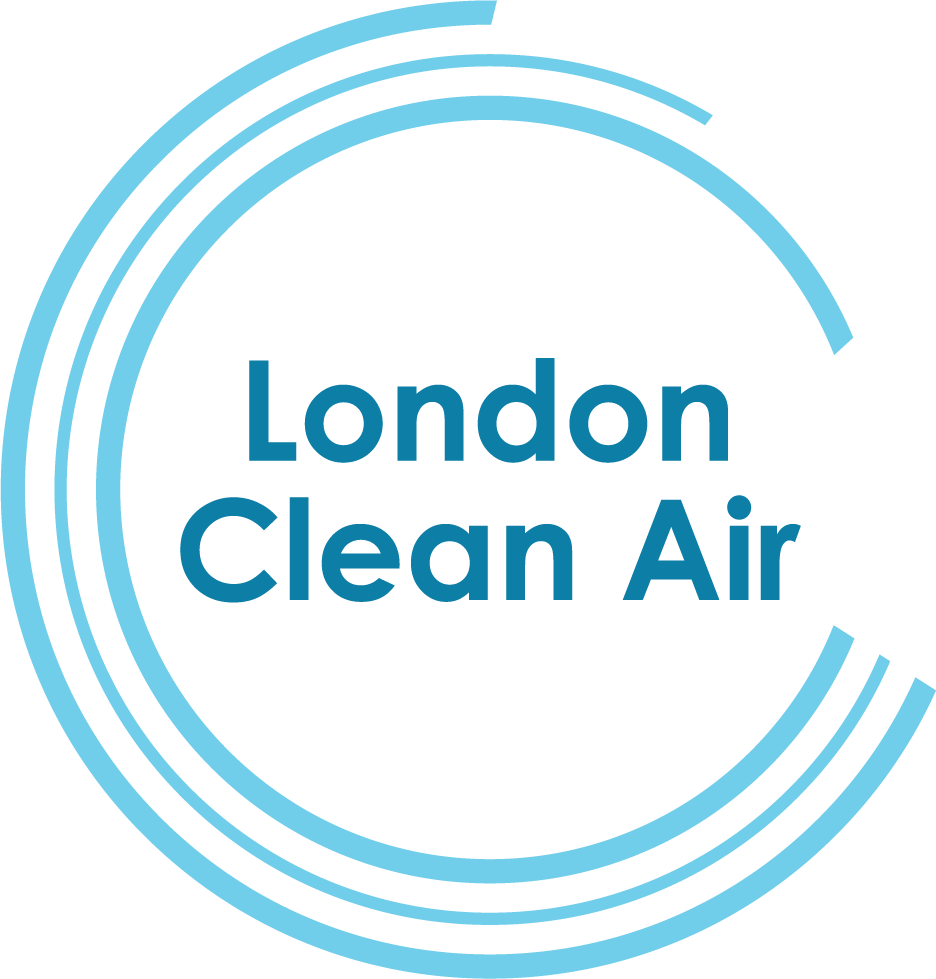
In the realm of building design and management, the quest for optimal indoor air quality (IAQ) is more crucial than ever. Recent global events, such as the COVID-19 pandemic, have underscored the significance of clean air for human health. Beyond the threats of airborne diseases, issues like asthma and hay fever reinforce the need for effective ventilation systems in indoor spaces. However, the conventional approach of simply introducing outside air into buildings is not without its challenges and risks.
The Dilution Dilemma
Ventilation, a fundamental aspect of building design, relies on the principle of dilution. This process involves replacing existing indoor air with “fresh” outside air to eliminate pollutants, whether they be particles or gases. While this method is effective in theory, its success relies on outside air being “fresh”, or clean, in the first place.
The Costly Conundrum
While mechanical ventilation offers some degree of environmental control, it comes at a significant cost. Conditioning the incoming outside air consumes a staggering 40% of a building’s total energy consumption, yet indoor air quality is on average 2-5 times worse than outdoor air, according to the US EPA. So with buildings accounting for 40% of the world’s energy usage, the need for better and more energy-efficient ventilation solutions has never been more pressing.
Unseen Threats in the Air
The alarming reality is that a staggering 99% of the world’s population is exposed to air that surpasses the air quality standards set by the World Health Organization (WHO). European cities are not exempt from this concerning fact. According to the European Union, approximately 50% of PM2.5 pollution in the EU stems from building energy consumption. This has two implications: 1) relying on “fresh” outside air is not a great solution and 2) buildings are key to solving all air pollution exposure, inside or outside.
Case Study: Central London’s Wake-Up Call
A striking example of this issue unfolded in central London, where high-quality air sensors were deployed to measure particulate matter (PM2.5 and PM10), CO2, and volatile organic compounds (VOCs). The data revealed a disturbing trend: PM2.5 levels increased in three different rooms on three out of four days when the mechanical ventilation system turned on. This demonstrated a clear paradox – the very system designed to enhance indoor air quality was, in fact, worsening it when running.
The Role of Air Purification
In response to this conundrum, an efficient solution presents itself – the integration of air purification technologies. By incorporating High-Efficiency Particulate Air (HEPA) filtration for particulates and active carbon filters for gases, buildings can actively ensure pollutant levels remain minimal. This practical approach not only mitigates the indoor air quality risks but can also, with the right technology, unlock large energy savings.
Conclusion
As the intersection of energy efficiency, ventilation, and air quality becomes a focal point for building design and management, the importance of thoughtful solutions cannot be overstated. Acknowledging the limitations of traditional ventilation methods and embracing technological advancements like air purification systems is the key to striking a harmonious balance between energy conservation and human well-being. In the pursuit of healthier indoor environments, it is imperative to reevaluate and adapt our approach to building ventilation, ensuring that the air we breathe is not only abundant but also pure.
This is a guest blog written by our partners, Rensair.

